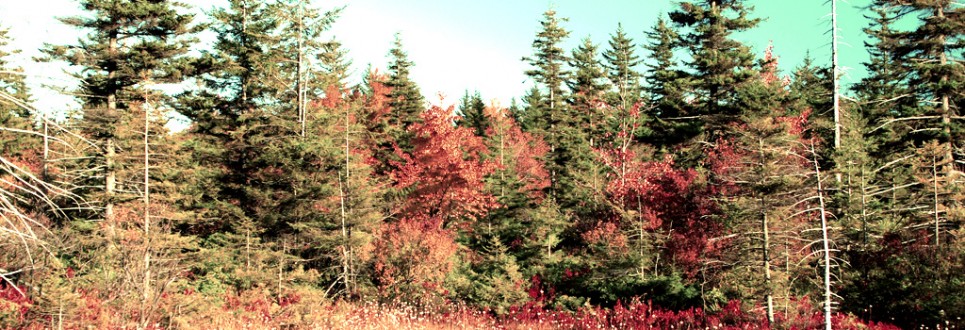 Spruce was used on early airplanes, for finely made musical instruments and for early walkway over the Brooklyn Bridge (but only after some debate and the intervention of the engineer, John Roebling). But in modern times, the species, with it’s relatively soft, pale and knotty figure, has often been degraded. Early Spruce loggers were ridiculed by ax men taking down the towering Eastern White Pines, and it wasn’t until those forests were depleted that Spruce became a significant commercial wood, primarily for everyday framing lumber. White Pine built early New York through the mid 19th cv. From there, the multi-family’s that sheltered our immigrant grandparents were served by Spruce.
Spruce was used on early airplanes, for finely made musical instruments and for early walkway over the Brooklyn Bridge (but only after some debate and the intervention of the engineer, John Roebling). But in modern times, the species, with it’s relatively soft, pale and knotty figure, has often been degraded. Early Spruce loggers were ridiculed by ax men taking down the towering Eastern White Pines, and it wasn’t until those forests were depleted that Spruce became a significant commercial wood, primarily for everyday framing lumber. White Pine built early New York through the mid 19th cv. From there, the multi-family’s that sheltered our immigrant grandparents were served by Spruce.
Spruce is actually a broad family of trees with a number of sub-species (Norway, Sitka, Colorado, White, etc), and it can be impossible to identify one from the other as wood, without actually seeing the tree itself when it was logged – observing it’s cones, needles and bark. But in the Northeast, three types of Spruce were logged in the 19th century, and of those, just one – Red Spruce – was used for framing wood. The others (Black and Blue Spruce) were logged for pulp mills that produced paper.
The framing lumber for essentially any building in the city – pre-WWI residential of every size to commercial structures of all types (warehouses, factories, , is framed with softwood lumber, sourced from coniferous trees and distinguished from hardwood broad leaf trees (Oak, Beech, Chestnut, etc.) most readily, by needles and cones. The difference is reflected in it’s smallest component cell structures. A microscopic look at the cities lumber reveals a simpler and more archaic pattern of cell arrangement than any hardwood, resulting from the earlier evolution of conifers on the planet – by roughly five million years. Each of these broadest of soft and hardwood categories within Treedom have been critical to civilization.
In New York City, Softwoods have framed it’s built structures; hardwoods have outfitted it’s interiors. But the rule is sometimes broken, and in recent years, it’s practically being reversed – with aesthetics, economics and ecology all being reconsidered (or by post-modern estimators, deconstructed) for today’s built environments. Cypress is one of these anomalies, technically a softwood (though rated by lumber yards as a hardwood) that is rare on the city scene, though an occasional choice for rooftop water tanks. The exhibition utilizes material harvested from an old urban distillery tank.


